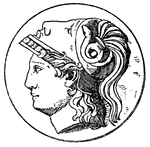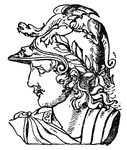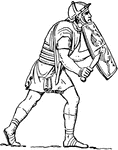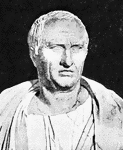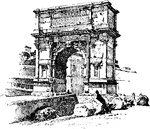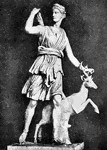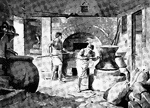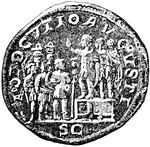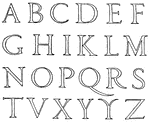
Roman Renaissance Alphabet
Roman Renaissance uppercase alphabet, 1547, specimen beek of John of Yciar, Durango, Biscaya.

Roman Renaissance Alphabet
Roman Renaissance lowercase alphabet, 1553, specimen book of Wolfgang Fugger, Nurenberg.

Representation of 1775
Virtual representation, 1775. 1. One String Jack, Deliver your property. 2. Begar, just so in France.…

Walnut Street Prison
"The Walnut Street Prison. This edifice was erected in 1774, and taken down in 1836. The beautiful new…
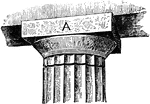
Abacus
"In architecture the slab or plinth which forms the upper member of the capital of a column or pillar,…
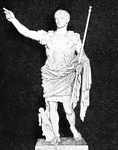
Augustus
"Augustus ruled for about forty-two yeras, that is, from 27 B.C. to 14 A.D., and this period is known…
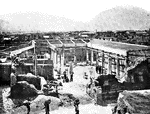
Pompeii
"Excavating a house at Pompeii from eruption of Vesuvius, which buried the cities of Herculaneum and…
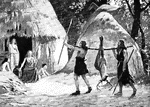
Germans
"Early Germans. These German ancestors of ours, for so we must consider them, since the chief element…
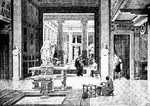
House
"A Roman house. In early times the private houses of the Romans were very simple, showing little attempt…
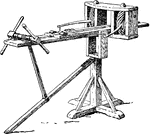
Catapult
"Catapult from the Roman military system. The Roman army was divided into legions, each of which contained…

Martin Luther
"Martin Luther was born at Eisleben in 1483. He was the son of a poor miner, had entered the Augustinian…

Queen Elizabeth
"Queen Elizabeth was the daughter of Henry VIII, by Anne Boleyn. Her reign is one of the most remarkable…

Acanthus
"A genus of small herbaceous plants of southern Europe and Africa; they have spinosely toothed leaves,…
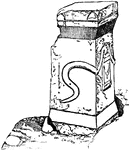
Greek Altar
"Round, triangular, or square in plan, often elaborately adorned with sculpture, and bearing inscriptions."-Whitney,…

Amphora
"A jar with two handles; Among the Greek and Roman, a vessel, usually tall and slender having two handles…

Amphora
"A jar with two handles; Among the Greek and Roman, a vessel, usually tall and slender having two handles…
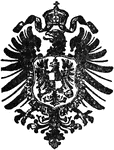
German Eagle
"The Eagle is an emblem in heraldry, war, and legend. The eagle, borne upon a spear, was used by the…
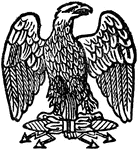
French Eagle
"The Eagle is an emblem in heraldry, war, and legend. The eagle, borne upon a spear, was used by the…

Roman-Doric Frieze
"A Frieze, in architecture, is that portion of the entablature which is between the architrave and the…
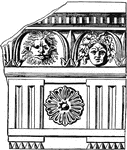
Roman-Doric Frieze
"A Frieze, in architecture, is that portion of the entablature which is between the architrave and the…
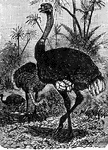
Ostrich
"The Ostrich is the largest of all living birds, standing from six to eight feet in height, and has…
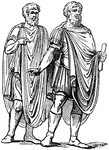
Abolla
A cloak chiefly worn by soldiers, and thus opposed to the toga, the garb of peace. The abolla was used…
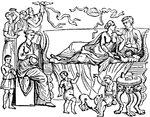
Accubatio
"The act of reclining at meals. The Greeks and Romans were accustomed, in later times, to recline at…
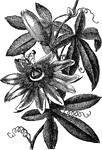
Passion Flower
"Pasiflora is the passion-flower. Generally climbing herbs or shrubs. Fruit succulent, seeds many. Found…
Pastoral Staff
"The Pastoral Staff is, in the Roman Catholic Church, the official staff of a bishop or abbot. The pastoral…
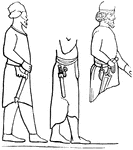
Acinaces
"A Persian sword, whence Horace speaks of the Medus acinaces. The acinaces was a short and…
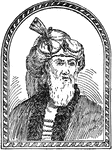
Flavius Josephus
"Flavius Josephus was a strange amalgamation of Jew, Greek, and Roman, admittedly not what he should…
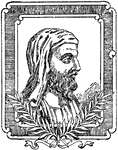
Plutarch
"Plutarch, as the great interpreter of Greece and Rome, exerted on generations succeeding him in influence…

Amphorae
"A vessel used for holding wine, oil, honey. The following cut represents amphorae in the British Museum.…

Ancile
"Ancilia carried by Salii. The sacred shield carried by the Salii, and made of bronze. The original…

Marcus Aurelius Antoninus
"Marcus Aurelius Antoninus stands almost alone in the history of the world as a philosopher and philanthopist…

Byzantine court
"Constantine, the first Christian emperor, removed the capital of the world-empire from Rome to Byzantium,…

Julian
"Thus the prince, both when present and when coming, was alike victorius: and these things he achieved…
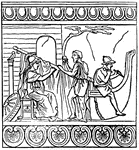
Antefixa
"Antefixa representing Minerva superintending the construction of the Ship Argo. Antefixa are terra-cottas,…
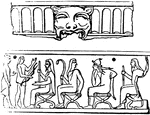
Antefixa
"The two imperfect antefixa, are amoung those found at Velletri, and described by Carloni. Antefixa…

Arcus
"The bow used for shooting arrows, is one of the most ancient of all weapons, but is characteristic…
Arcus
"The bow used for shooting arrows, is one of the most ancient of all weapons, but is characteristic…
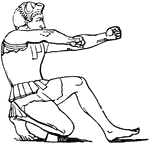
Arcus
"The bow used for shooting arrows, is one of the most ancient of all weapons, but is characteristic…
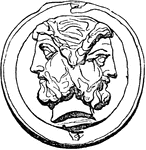
As
"The unit of value in the Roman and old Italian coinages, was made of copper, or of the mixed metal…
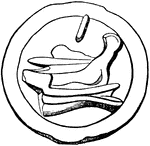
As
"The unit of value in the Roman and old Italian coinages, was made of copper, or of the mixed metal…
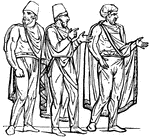
Bracae
"Trowsers, pantaloons, were common to all the nations which encircled the Greek and Roman population,…
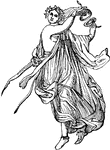
Calceus
"A shoe or boot, anything adapted to cover and preserve the feet in walking. The use of shoes was by…

Calceus
"A shoe or boot, anything adapted to cover and preserve the feet in walking. The use of shoes was by…

Sarcophagus of Scipio
"Sarcophagus, plural Sarcophagi, is a kind of stone used among the Greeks for making coffins, and so…
